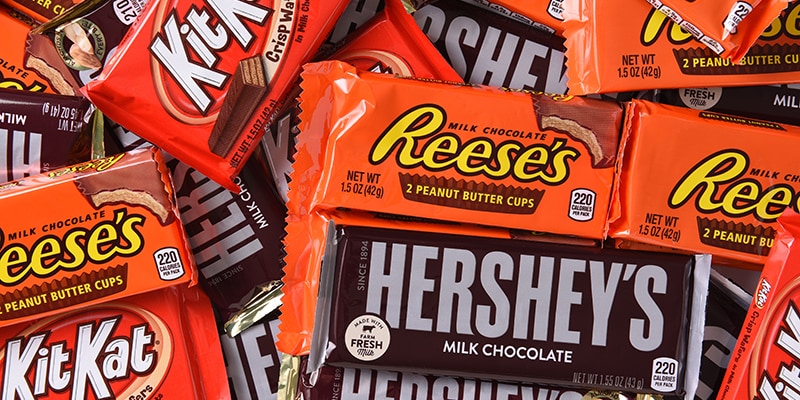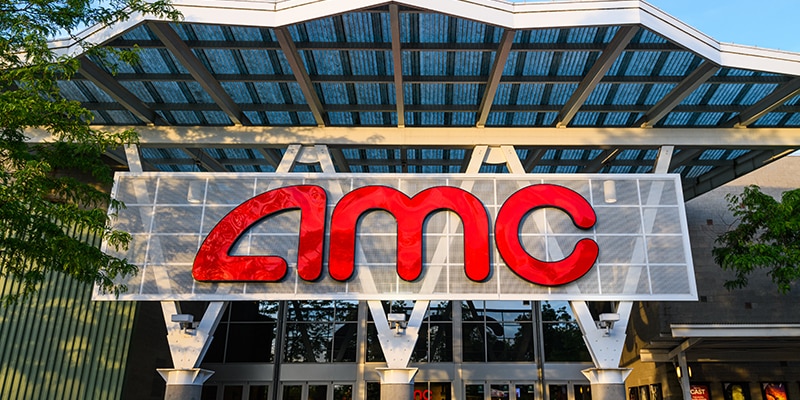VERTICAL FOCUS: Candy Supply Chain
From a global shortage of sugar to cold chain compliance considerations, candy companies overcome supply chain challenges to hit the sweet spot for consumers.
Trick, No Treat
As Halloween approaches, candy companies face a global shortage of a key ingredient: sugar. Even when candy producers can locate enough raw materials to meet production demands, they must contend with high prices.
Factors exacerbating the sugar shortage include:
- Transportation issues. Supply chain disruptions have led to logjams at ports, lack of carrier availability, and other challenges that delay sugar deliveries to candy companies.
- Trade restrictions. Agricultural policy requires candy companies to purchase at least 85% of sugar from domestic suppliers, creating a major hurdle during the current shortage. Additional restrictions, such as sanctions imposed against Russia–a major sugar producer–have worsened the shortage’s impact.
- Climate change. Climate change and associated extreme weather events such as heat waves can shorten growing seasons, reduce crop yield, and limit sugar availability.
- Crop failures. Many domestic and international producers faced significant crop failures over the past year. Some experts also point to El Niño as a cause for the decline in sugar production.
Chocolate-Covered Compliance
Many food companies are applying advanced supply chain technology to improve the quality compliance of shipments before they arrive at stores or distribution centers.
One of the world’s largest chocolatiers, for example, saw its cold chain compliance grow from 59% to more than 85% after implementing Roambee’s AI-powered supply chain intelligence platform.
The system analyzes real-time conditions both inside and outside reefer containers across various lanes throughout the year. Among 93 lanes, Roambee’s AI utilized sensor input—including location, temperature, humidity, and more—to identify the top 20 lanes responsible for more than 60% of temperature and humidity breaches.
By prioritizing investment on premium transport models for these 20 lanes instead of all, the chocolate company saved millions of dollars.
By using firsthand sensor-driven signals, the chocolate company was able to deliver 26 million pounds of candy annually without compromising quality, detect anomalies in its supply chain operations, and better forecast cold chain compliance by lane, by transport partner and by season.
Sweet Success
The top 5 largest candy brands in the United States by revenue:
1. Hershey Company
$10.4 billion — 2022 annual sales
2. Kit Kat
$2.1 billion — 2022 annual sales
3. Reese’s Peanut Butter Cups
$2 billion — 2022 annual sales
4. M&Ms
$912 million — 2022 annual sales
5. Twix
$297 million — 2022 annual sales
$42.6 billion: Current total confectionary market sales, boosted by inflation
$12.9 billion: Market size of the U.S. candy production industry as of 2022
$54.3 billion: Projected total confectionary sales by 2027
SOURCES: Euromonitor, Zippier
Lights, Camera, Chocolate
To offset major price hikes from manufacturers, AMC Entertainment Holdings plans to make its own candy and sell it in theaters.
“As a result of the pandemic and supply chain shortages, candy manufacturers had increased their price to us by a huge amount,” said Adam Aron, chairman and CEO of AMC, during an earnings call.
AMC says it can manufacture a private label of popular candy and sell it at a lower price than the current name brands the theater chain offers. Even at lower prices, AMC would still maintain a higher profit margin because the “cost to manufacture the private label brand is so much less than the normal brands,” Aron said.
The entertainment company expects to introduce its private label of popular candies in theaters later in 2023 or early 2024.
Sugar Rush
The average American consumes an estimated 8 pounds of candy per year, with children eating even more.




